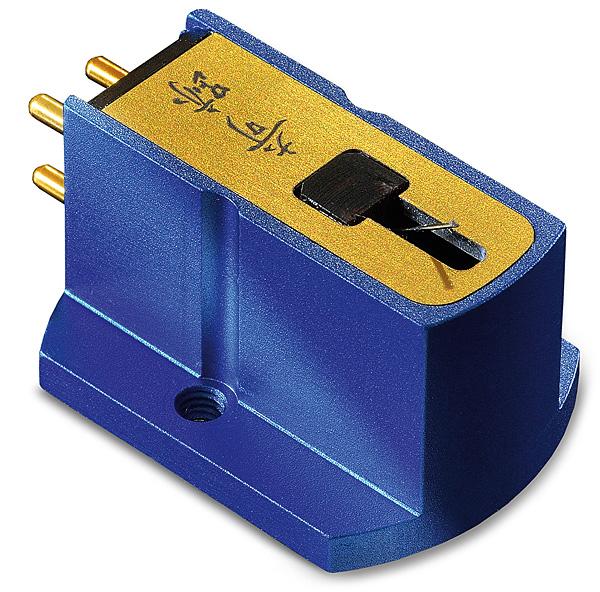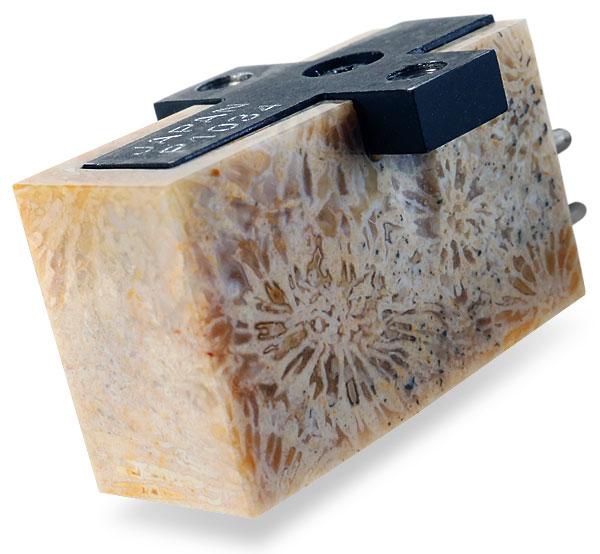Turntables, Arms & Cartridges
Sort By: Post DateTitle Publish Date
|
Jul 17, 2020 |
First Published: Jan 01, 1984
|
Jan 09, 2015
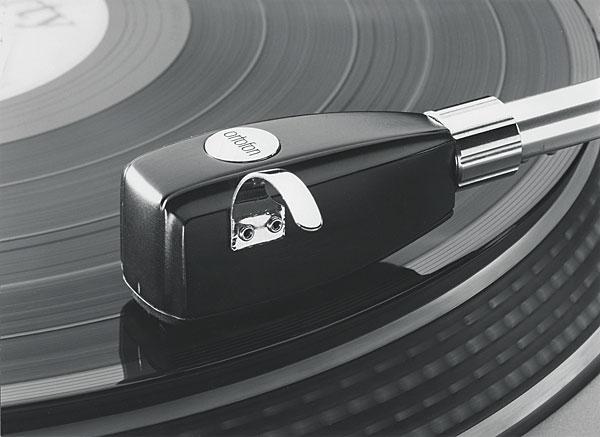
 Ortofon's SPU cartridge has reappeared. Ken Kessler gives it a whirl
Ortofon's SPU cartridge has reappeared. Ken Kessler gives it a whirl

 Inspired by the Florentine Renaissance, this flagship turntable aims to combine avantgarde technological innovation with sumptuous Italian aesthetics
Inspired by the Florentine Renaissance, this flagship turntable aims to combine avantgarde technological innovation with sumptuous Italian aesthetics

 The Ethos MC has waved the flag for UK pick-up brand Goldring for over five years, and now the design has been given the ‘SE treatment’ with silver wiring and more...
The Ethos MC has waved the flag for UK pick-up brand Goldring for over five years, and now the design has been given the ‘SE treatment’ with silver wiring and more...
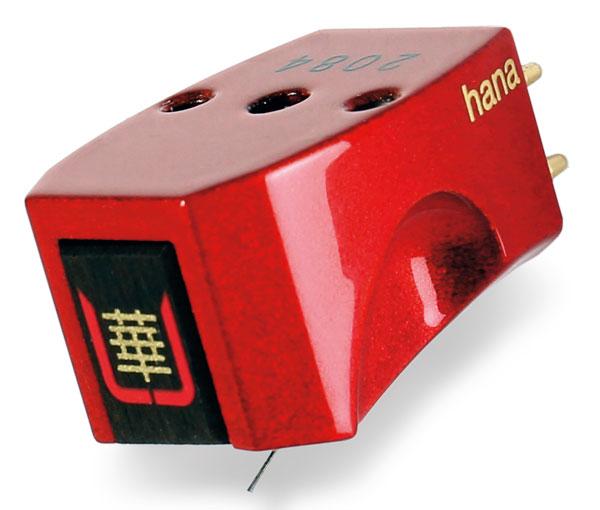


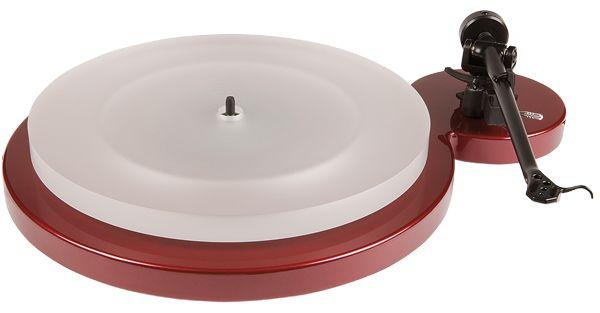
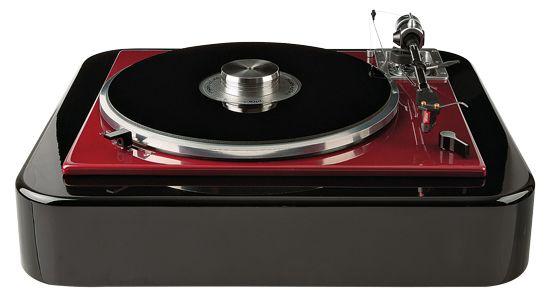

 Heavyweight direct-drive turntables were packed with technology in the 1980s, as
illustrated by JVC’s QL-Y66F with its second-generation Electro-Dynamic Servo tonearm
Heavyweight direct-drive turntables were packed with technology in the 1980s, as
illustrated by JVC’s QL-Y66F with its second-generation Electro-Dynamic Servo tonearm
